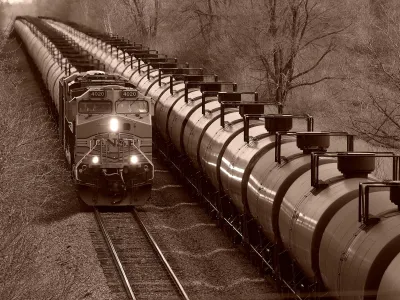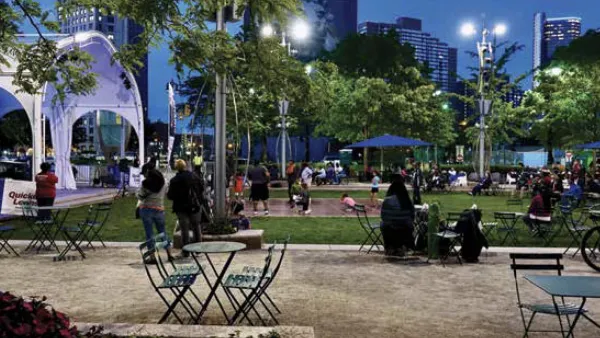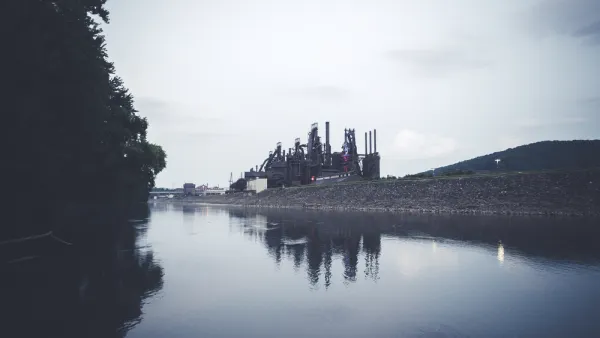The world collectively spent on $17 trillion economic stimulus during the pandemic. The vast majority of that spending will make climate change and other environmental pollution much worse.

"Trillions of dollars poured into rescuing economies around the world from the Covid-19 crisis have been spent in ways that worsen the climate crisis and harm nature because governments have failed to fulfil promises of a 'green recovery' from the pandemic," reports Fiona Harvey, sharing the findings of an analysis published last week by Vivid Economics and the Finance for Biodiversity Initiative.
World governments collectively spent $17 trillion on economic stimulus and recovery programs since the beginning of the pandemic. The "Green Stimulus Index" estimates that only a tenth of that spending went to activities that can reduce greenhouse gas emissions or restore the natural world.
"Of the total spending, most went on emergency measures, such as wage payments, to keep economies afloat. But about $4.8tn of the spending, including outlays on road construction, bailouts for airlines, and boosts to food production, had a clear environmental impact," explains Harvey.
The article includes more details of the report's findings, and also includes an infographic that breaks down the environmental breakdown of stimulus spending by country. The country with the "greenest stimulus," according to the report, is Denmark. The United States decidedly in the red, for spending more on negative environmental outcomes, but is far ahead on the index of countries like Russia, Turkey, and Singapore.
FULL STORY: Trillions of dollars spent on Covid recovery in ways that harm environment

National Parks Layoffs Will Cause Communities to Lose Billions
Thousands of essential park workers were laid off this week, just before the busy spring break season.

Retro-silient?: America’s First “Eco-burb,” The Woodlands Turns 50
A master-planned community north of Houston offers lessons on green infrastructure and resilient design, but falls short of its founder’s lofty affordability and walkability goals.

Delivering for America Plan Will Downgrade Mail Service in at Least 49.5 Percent of Zip Codes
Republican and Democrat lawmakers criticize the plan for its disproportionate negative impact on rural communities.

Test News Post 1
This is a summary

Test News Headline 46
Test for the image on the front page.

Balancing Bombs and Butterflies: How the National Guard Protects a Rare Species
The National Guard at Fort Indiantown Gap uses GIS technology and land management strategies to balance military training with conservation efforts, ensuring the survival of the rare eastern regal fritillary butterfly.
Urban Design for Planners 1: Software Tools
This six-course series explores essential urban design concepts using open source software and equips planners with the tools they need to participate fully in the urban design process.
Planning for Universal Design
Learn the tools for implementing Universal Design in planning regulations.
EMC Planning Group, Inc.
Planetizen
Planetizen
Mpact (formerly Rail~Volution)
Great Falls Development Authority, Inc.
HUDs Office of Policy Development and Research
NYU Wagner Graduate School of Public Service





























